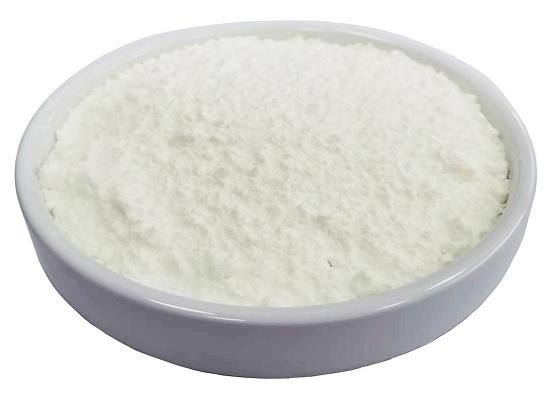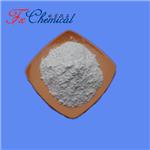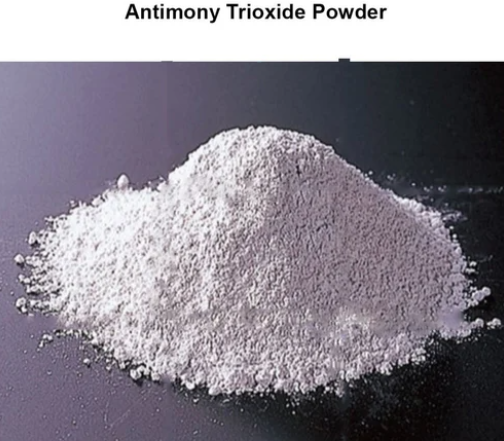UV-329: Applications, Toxicity and Removal
Aug 30,2024
General Description
UV-329 is a widely used benzotriazole ultraviolet stabilizer in various polymers and packaging materials, enhancing light stability and prolonging product lifespan while remaining visually appealing. Despite its effectiveness, UV-329 has raised toxicity concerns, particularly regarding its potential to induce aryl hydrocarbon receptor-mediated genes, which may disrupt endocrine functions and affect liver health. Its removal from wastewater in sequencing batch reactors (SBRs) exhibits low efficiency (68.2% to 85.2%), necessitating adjustments in treatment processes to minimize secondary release during settling phases. Understanding these factors is critical for assessing the environmental impact and human health implications of UV-329.

Figure 1. UV-329
Applications
Applications in Plastics
UV-329 is a highly effective ultraviolet absorber widely utilized in various polymers such as polyethylene (PE), polyvinyl chloride (PVC), polypropylene (PP), polystyrene (PS), polycarbonate (PC), and also in synthetic fibers like polypropylene fiber. The primary role of UV-329 in these materials is to enhance their light stability, preventing photodegradation and prolonging the lifespan of products made from these plastics. This is particularly significant for applications involving transparent or light-colored products, where UV-329 provides excellent protection against harmful ultraviolet radiation without absorbing visible light. The incorporation of UV-329 allows for the production of durable and stable plastic items that are suitable for a wide range of uses. 1
UV-329 in Packaging Materials
In addition to its applications in various polymers, UV-329 is prominently used in packaging materials, especially in plastic containers and food packaging boxes. The light stabilizing properties of UV-329 ensure that these packaging solutions do not degrade under sunlight exposure, which is critical for maintaining the integrity of the packaged contents. By integrating UV-329 into packaging, manufacturers can produce materials that offer extended protection against UV-induced damage while still being visually appealing, as the additive does not affect the transparency of the products. This capability makes UV-329 an essential component in creating high-quality packaging solutions that meet industry standards for safety and effectiveness. 1
Toxicity
UV-329, a common benzotriazole ultraviolet stabilizer, has been under scrutiny due to its potential toxicity, especially in liver cells like HepG2. In recent studies, UV-329 displayed weak cytotoxicity at concentrations below 50 μM, positioning it as less toxic compared to other stabilizers. However, despite this relatively low cytotoxic profile, UV-329 was found to significantly enhance the expression of aryl hydrocarbon receptor (AHR)-mediated genes, such as CYP1A1 and CYP1A2. This suggests that UV-329 may engage in endocrine disruption or other harmful biochemical pathways, raising concerns about its long-term effects on human health, particularly regarding its potential role as an environmental diabetogen. 2
Implications in Environmental Toxicology
The toxicity of UV-329 is not solely limited to cytotoxicity; it extends into the realm of environmental health. Recent findings indicate that UV-329 has a higher binding affinity for the AHR ligand-binding domain than UV-328, potentially leading to more pronounced toxic effects. The activation of the AHR pathway by UV-329 may contribute to liver toxicity through the induction of specific target genes involved in xenobiotic metabolism. This activation could result in increased metabolic load on the liver, potentially leading to adverse health outcomes. Therefore, understanding the toxicity of UV-329 is crucial not just for assessing risks associated with its use in consumer products but also for evaluating its environmental impact and potential implications for human health. 2
Removal
Removal Efficiency in Sequencing Batch Reactors Treatment
The removal of UV-329, a benzotriazole ultraviolet stabilizer, was assessed during a study involving sequencing batch reactors (SBRs) treating wastewater. The research demonstrated that the removal efficiency of UV-329 varied between 68.2% to 85.2%, making it one of the least efficiently removed BUVs compared to others like UV-326, which achieved removal rates between 94.1% to 97%. The study involved analyzing the treatment process under anaerobic-aerobic conditions with concentration levels ranging from 50 to 600 μg∙L-1. Despite the SBR's operational similarity to real wastewater treatment plants, UV-329 consistently posed a challenge in terms of removal efficiency, highlighting the significant differing removal rates across benzotriazole ultraviolet stabilizers. 3
Impact of Settling Phase on UV-329 Removal
The settling phase within the sequencing batch reactor (SBR) was found to affect the removal of UV-329, as secondary release into the wastewater occurred depending on the concentration of BUVs present. With the settling phase needing to be minimized, the research indicated that concentrations of UV-329 greater than or equal to 50 μg∙L-1 could facilitate its secondary release, further complicating effective removal. This outcome emphasizes the importance of both cycle duration and operational parameters in wastewater treatment processes. To enhance the overall removal rates of persistent contaminants like UV-329, it is crucial to optimize settling times and ensure that all stages of treatment effectively address the challenges posed by such low-efficiency compounds. As a result, wastewater treatment plants (WWTPs) should consider adjusting their SBR processes to improve the overall treatment efficiency for problematic substances such as UV-329. 3
References:
[1] SHENGXIAN LIANG . Insights into the toxicities of UV-328, UV-329, UV-P in HepG2 cells and their roles in AHR-mediated pathway[J]. Ecotoxicology and Environmental Safety, 2023, 250. DOI:10.1016/j.ecoenv.2022.114478.
[2] JOANNA STRUK-SOKO?OWSKA . Comparison of benzotriazole ultraviolet stabilizers (BUVs) removal from wastewater after subsequent stages of sequencing batch reactor (SBR) treatment process[J]. Science of the Total Environment, 2024, 914. DOI:10.1016/j.scitotenv.2023.169813.
- Related articles
- Related Qustion
1,7-Dimethylxanthine is a naturally occurring alkaloid compound that can enhance alertness and reduce drowsiness.....
Feb 27,2025APIAntimony trioxide (ATO) is commonly used as a co-synergist with halogenated flame retardants to enhance their effectiveness.....
Aug 30,2024Inorganic chemistryUV-329
3147-75-9You may like
- Octrizole
-

- $0.00 / 100KG
- 2025-10-31
- CAS:3147-75-9
- Min. Order: 1KG
- Purity: 99%
- Supply Ability: 500mt
- UV-329
-

- $0.00 / 1kg
- 2025-10-30
- CAS:3147-75-9
- Min. Order: 1kg
- Purity: 99%
- Supply Ability: 20tons
- 2-(2H-benzotriazol-2-yl)-4-(1,1,3,3-tetramethylbutyl)phenol
-

- $0.00 / 20kg
- 2025-10-30
- CAS:3147-75-9
- Min. Order: 20kg
- Purity: 99.0%
- Supply Ability: 2000 Tons






